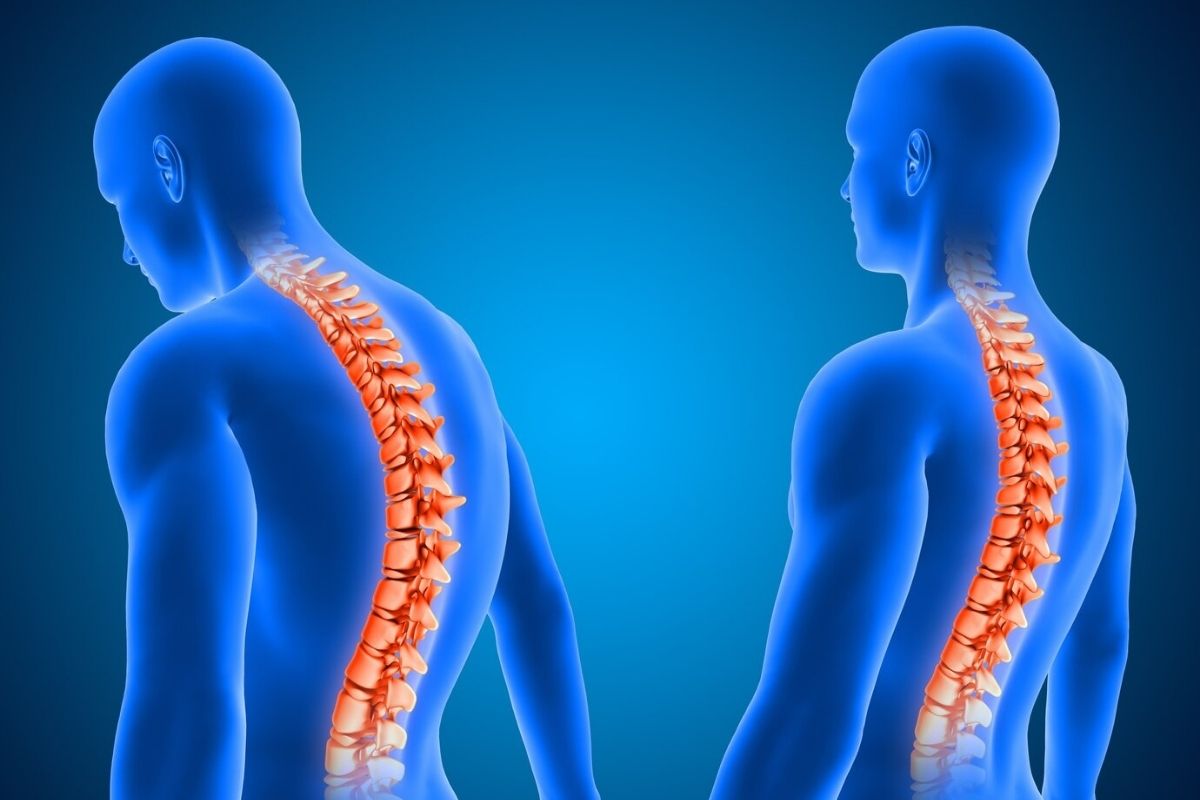
Obesity is a medical condition characterized by the excessive accumulation of fat in the body, which can lead to various health complications such as high blood pressure, diabetes, heart disease, and stroke. Weight loss is the process of reducing body weight, either through a healthy diet and exercise or through medical procedures such as bariatric surgery.
Obesity is a growing problem worldwide, with millions of people affected by this condition. It is caused by a combination of genetic, environmental, and behavioral factors, and can be difficult to manage without proper treatment. Weight loss, on the other hand, is essential for managing obesity and reducing the risk of related health problems.
There are several methods for weight loss, including a healthy diet, regular exercise, and medication. However, in cases of severe obesity, bariatric surgery may be necessary. Bariatric surgery is a surgical procedure that reduces the size of the stomach, limiting the amount of food that can be eaten, and promoting weight loss.
Weight loss can have numerous health benefits, such as reducing the risk of diabetes, high blood pressure, heart disease, and certain types of cancer. It can also improve mental health and well-being, increase mobility and physical activity, and lead to better quality of life.
It is important to note that weight loss should be achieved in a safe and healthy manner, with the guidance of a healthcare professional. Rapid weight loss or extreme dieting can have negative effects on health and should be avoided. With proper treatment and lifestyle changes, obesity and weight-related health problems can be managed effectively.
Gastric Sleeve
Gastric sleeve, also known as sleeve gastrectomy, is a surgical weight loss procedure that involves reducing the size of the stomach. The procedure involves removing a large portion of the stomach, leaving behind a small tube-like structure, which is then stapled shut. This results in a smaller stomach, which in turn limits the amount of food that can be consumed, leading to weight loss.
Gastric sleeve is considered a safe and effective weight loss option for people who are obese or overweight and have been unable to lose weight through traditional methods such as diet and exercise. The procedure is typically performed using laparoscopic surgery, which is minimally invasive and involves making several small incisions in the abdomen.
Gastric sleeve surgery can lead to significant weight loss in a relatively short amount of time, with many patients losing up to 60-70% of their excess weight within the first year after surgery. The procedure has also been shown to improve or resolve many weight-related health conditions such as type 2 diabetes, high blood pressure, and sleep apnea.
As with any surgical procedure, there are risks associated with gastric sleeve surgery, including infection, bleeding, and blood clots. It is important to discuss these risks with a qualified surgeon and to carefully consider the potential benefits and risks before deciding to undergo the procedure.
Gastric Bypass
Gastric bypass surgery, also known as Roux-en-Y gastric bypass, is a type of weight loss surgery that involves creating a small stomach pouch and rerouting the small intestine to connect to the new pouch. This is done by dividing the stomach into two sections, with the upper section (the pouch) becoming the new stomach and the lower section being bypassed. The small intestine is then rerouted to connect to the new pouch, allowing food to bypass the larger portion of the stomach and the upper part of the small intestine. This limits the amount of food that can be eaten and reduces the absorption of calories and nutrients from food. The procedure can be done using open surgery or laparoscopic techniques and is usually recommended for people with a body mass index (BMI) of 40 or higher, or for those with a BMI of 35 or higher and a related health condition such as diabetes or high blood pressure.
Gastric Balloon
Gastric balloon is a minimally invasive weight loss procedure that involves placing a silicone balloon in the stomach to reduce its volume and create a feeling of fullness. The procedure is designed to help people who are overweight or obese and have struggled to lose weight through diet and exercise alone. The gastric balloon is inserted into the stomach through the mouth using an endoscope and then filled with saline solution. The balloon takes up space in the stomach, reducing the amount of food that can be eaten at one time and prolonging the feeling of fullness. The balloon is usually removed after 6-12 months, and during this time, patients are expected to follow a healthy diet and exercise regimen to achieve optimal weight loss results. The procedure is considered safe and effective, and it can help patients lose up to 15-20% of their excess body weight.












